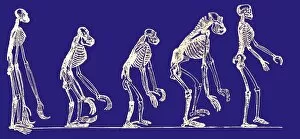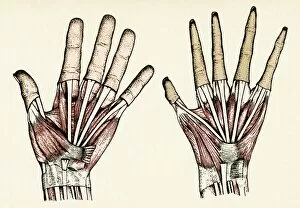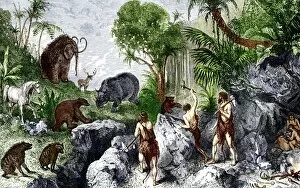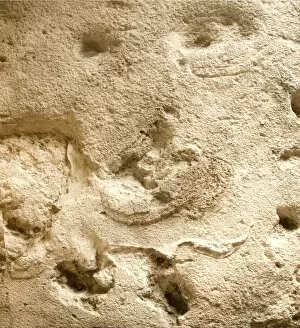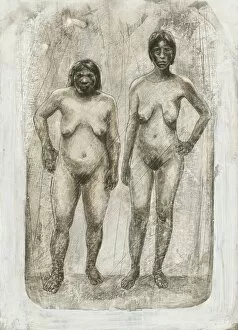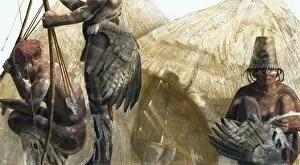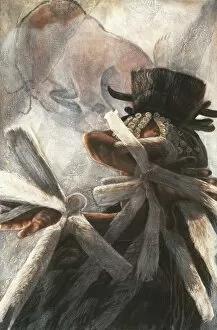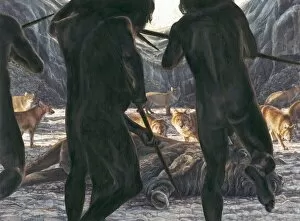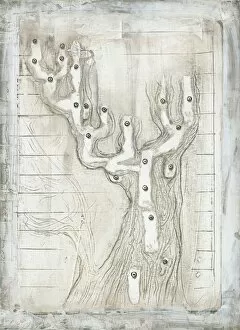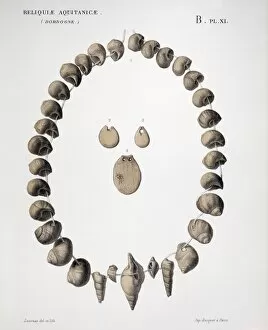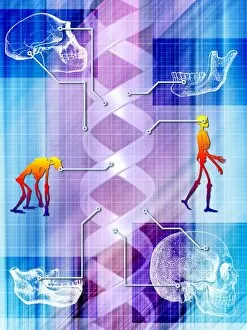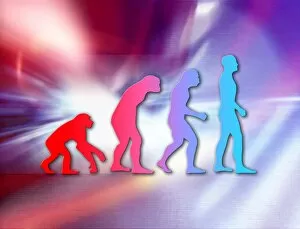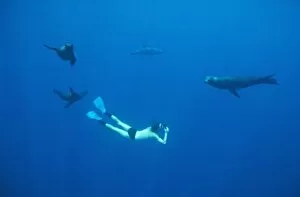Homo Sapiens Collection (#9)
Homo sapiens, the remarkable species that we are, have come a long way in our evolutionary journey
For sale as Licensed Images
Choose your image, Select your licence and Download the media
Homo sapiens, the remarkable species that we are, have come a long way in our evolutionary journey. From the early stages of Australopithecus and Homo habilis to the modern-day Homo sapiens, our development has been nothing short of extraordinary. The sensory homunculus and motor homunculus illustrate how different parts of our body are represented in our brain's cortex. These maps show just how intricately connected we are as beings capable of perceiving and interacting with the world around us. Through various stages in human evolution, we have witnessed significant changes. The discovery of Homo erectus (Sangiran 17) shed light on our ancestors' ability to walk upright, marking a crucial milestone in our development. Coexisting with other subspecies like H. Neanderthalensis further emphasizes the diversity within our lineage. Illustrations showcasing Australopithecus, Homo habilis, and Homo sapiens skulls highlight the gradual transformation from ape-like features to more human-like characteristics over time. Our journey has not only shaped us externally but internally as well – from vital organs like the liver to intricate structures like human cells. Comparisons between primate skulls reveal similarities and differences among species closely related to us. Cro-magnon and Neanderthal skull comparisons provide insights into ancient humans' physical variations while emphasizing their shared ancestry. Artwork depicting hominid reconstructions chronologically showcases how each stage built upon its predecessor – an awe-inspiring testament to millions of years of evolution unfolding before us. However fascinating this story may be, it is essential not to forget about potential threats that still exist today. For instance, Triatoma infestans or 'kissing bug, ' known for transmitting Chagas disease remains a concern even for modern-day homo sapiens. Homo sapiens stand at the pinnacle of biological evolution – a culmination of countless generations adapting and evolving through time.



